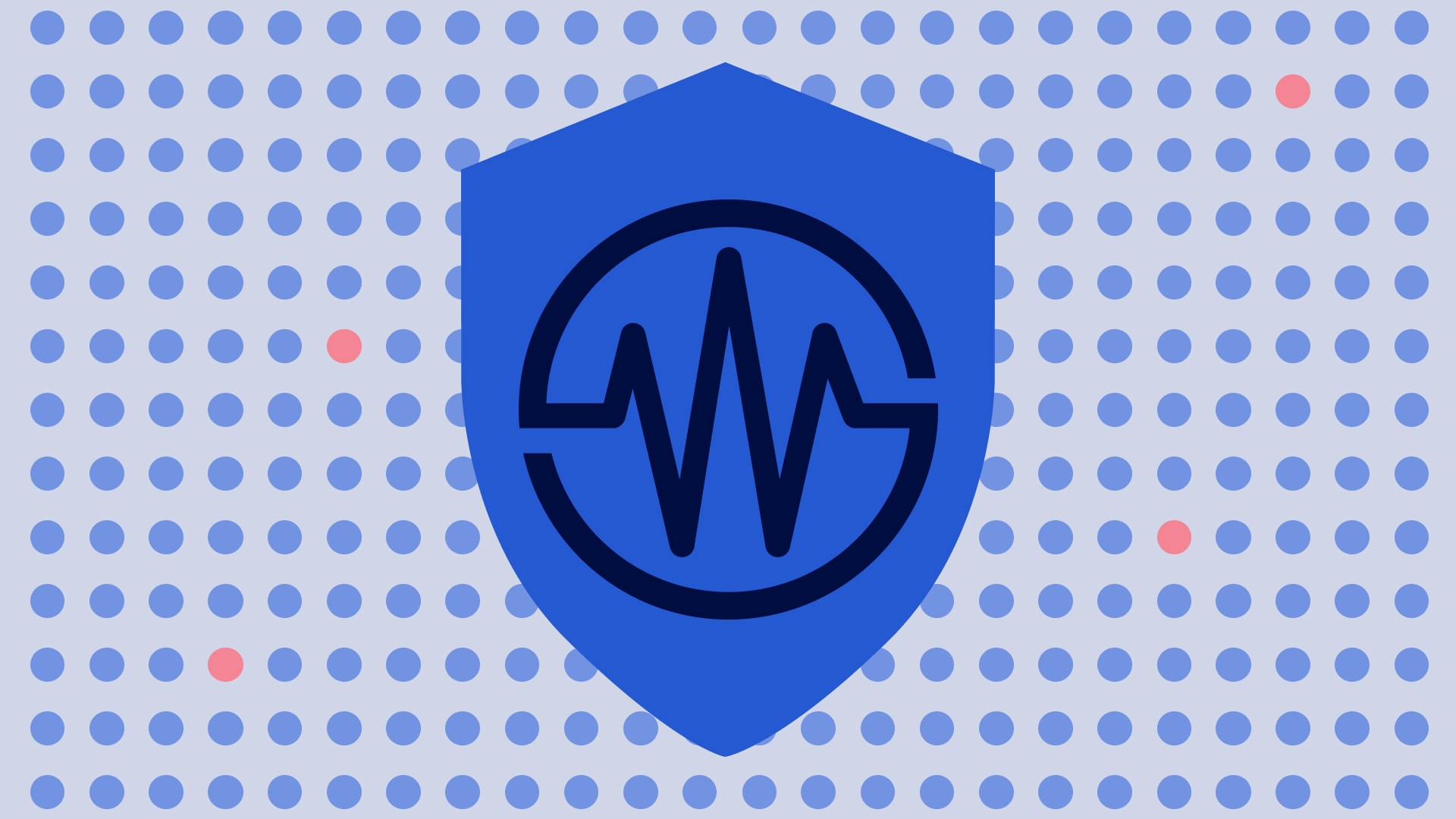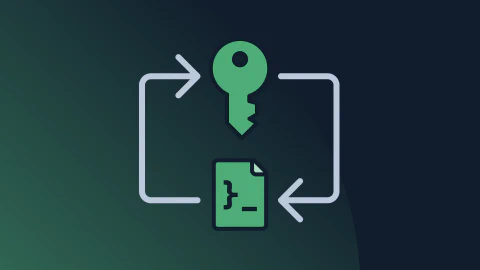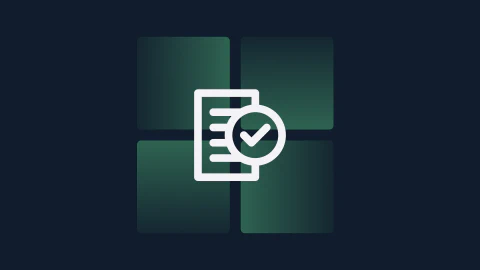DevOps has accelerated the delivery of software, but it has also made it more difficult to stay on top of compliance issues and security threats. When applications, environments and infrastructure are constantly changing it becomes increasingly difficult to maintain a handle on compliance and security. For fast-moving teams, real time security monitoring has become essential for quickly identifying risky changes so they can be remediated before they result in security failure.
Modern infrastructure and cloud environments are highly dynamic, and that means continuous security monitoring that can keep up with fast rates of changes has become especially important. Some organizations have very large numbers of microservices, infrastructure as code pipelines, and runtime environments that are changing all the time - and it all has to be secured.
Security Monitoring Tools need to scale with your DevOps
This requires a monitoring tool that can integrate with the speed and complexity of their DevOps. Many modern DevOps monitoring tools offer real-time visibility into different services and environments throughout the development process, allowing software teams to identify and fix issues before they impact users. The challenge is selecting the right tool for your organization’s existing DevOps workflows.
Read on to learn more about DevOps monitoring tools, including why they’re important for software teams and how to choose the right solution for your organization. We’ll also cover the key features to look for in a new continuous monitoring solution and some of the most essential steps in the evaluation process.
Roles and Responsibilities of DevOps Monitoring Tools
DevOps monitoring tools are an important part of the overall DevOps lifecycle. By monitoring for security, compliance, and performance issues using automated tools, software teams can ensure the reliability of applications and prevent vulnerabilities from running production.
Many DevOps monitoring tools cover different areas — from application and infrastructure performance monitoring, to security and compliance tracking. Using an effective DevOps monitoring tool with comprehensive coverage helps organizations respond quickly to unplanned outages and security incidents.
Why Adopt DevOps Monitoring Tools?
Adopting DevOps monitoring tools can solidify the software delivery process, leading to higher-quality and more secure applications at a lower cost. Here are some of the primary benefits:
- Enhanced Visibility: DevOps monitoring tools offer enhanced visibility into application performance and security throughout the entire development lifecycle. This enables software teams to identify performance bottlenecks and potential vulnerabilities early on.
- **Faster Remediation: **By monitoring for issues earlier in the DevOps process, software teams can detect and remediate issues faster. It’s much more efficient for developers to pinpoint the root cause of an issue and fix it when they first make a code change rather than later on in the software delivery process.
- Improved Collaboration: Implementing a DevOps monitoring tool allows development and operations teams to share real time insights about applications and infrastructure. This improves collaboration and helps both teams work together to resolve performance and security issues.
- Reduced Costs: Proactively monitoring for performance and security issues can reduce the overall cost of software development. It’s easier and cheaper to resolve issues during development than it is after software has been deployed to production.
Continuous Security Monitoring Tools
Continuous security monitoring is an approach that continuously tracks application and infrastructure changes in real time for security purposes. This involves collecting data throughout the entire development process so that software and security teams can identify and remediate issues quickly.
For example, continuously monitoring runtime environments can help an organization prevent a malicious code change from running in production. An effective monitoring tool will continuously scan changes to ensure they have all the necessary tests, security scans, and pull requests required to ensure security and compliance.. This helps security teams to stay on top of rapidly evolving software systems and prevent unauthorized changes and security incidents.
Key Features to Look for in DevOps Monitoring Tools
When choosing a DevOps monitoring tool, it’s important to remember that there’s no “one tool to rule them all.” There are many different DevOps monitoring tools available, so it’s crucial to evaluate the most essential features for your specific requirements.
Here are some key features to look for:
- Real-time monitoring: The tool should be able to provide real-time insights into your DevOps environments. If you want to adopt continuous monitoring, you’ll need a tool that delivers immediate feedback across the entire DevOps process.
- Scalability & Flexibility: Since DevOps teams are constantly pushing new changes, the monitoring tool should be able to capture what’s happening in dynamic environments. It should also be able to scale to cover additional requirements as you add more infrastructure.
- Integrations: The right tool should have the ability to connect to popular DevOps and cloud platforms out-of-the-box. You’ll want to look for integrations with the key tools in your existing DevOps pipeline to streamline onboarding and reduce developer friction.
- Compliance: Every industry has different regulatory requirements, so it’s important to make sure the monitoring tool you choose supports your specific security and compliance standards. This way the monitoring tool can help you track and enforce certain security policies as well.
- Alerting & Reporting: The aim of a DevOps monitoring tool is to provide insights into potential issues, so comprehensive alerting and reporting functionality is crucial. This includes real-time alerts so that software teams can immediately respond to security issues.
Selecting the Right DevOps Monitoring Tool
The first step in selecting the right DevOps monitoring tool for your organization is assessing your key requirements. As mentioned in the previous section, you’ll want to identify the features necessary for your specific use cases.
Then you’ll want to consider any budget constraints. Depending on the monitoring tool you select, there will be different licensing, implementation, and ongoing maintenance costs involved. You’ll want to choose a DevOps monitoring tool with the maximum ROI for your organization. Most monitoring tools have usage based pricing models, so be aware that costs can quickly get out of control. Try to only monitor what you need and only pay for that.
Another important aspect of selecting a DevOps monitoring tool is the implementation and onboarding process. You’ll want to evaluate the tool’s ease of use and learning curve to determine if there will be friction when the engineering team integrates continuous monitoring into their existing workflows. You’ll want to look for a solution that provides clear documentation, training resources, and other support to simplify onboarding.
Adopting a new DevOps tool affects many stakeholders besides the development team, so it’s important to seek feedback and reviews from other potential users as well. This feedback will ensure that the DevOps monitoring solution you choose meets the needs of the entire organization and fosters a collaborative approach to continuous security monitoring.
Continuous Compliance & Monitoring with Kosli
Continuous security monitoring in DevOps is crucial for gaining visibility into your applications and infrastructure, but it can be difficult to choose the right tools for your organization. The tool you adopt should enable your organization to secure your applications and environments, preventing significant issues and expenses in the long run.
If you’re deploying a lot of changes with continuous delivery, and have fast changing infrastructure, you will need a continuous security and compliance solution that scales with your automation. Kosli offers continuous compliance and continuous monitoring capabilities in a single platform. It automatically tracks what’s running in production, how it got there, and whether it adhered to your security and compliance processes.
Continuous compliance sets an important security foundation, but ongoing monitoring is necessary to truly protect your systems. By automating governance and monitoring, Kosli allows you to deliver software quickly and confidently while staying on top of security and compliance tasks. And it won’t disrupt your existing tools or processes either.
Ready to implement continuous monitoring at your organization? Get started with Kosli for free!
















